Researchers narrow in on a brain receptor that could help eliminate learnt fears and treat ailments such as post-traumatic stress disorder.


Researchers narrow in on a brain receptor that could help eliminate learnt fears and treat ailments such as post-traumatic stress disorder.
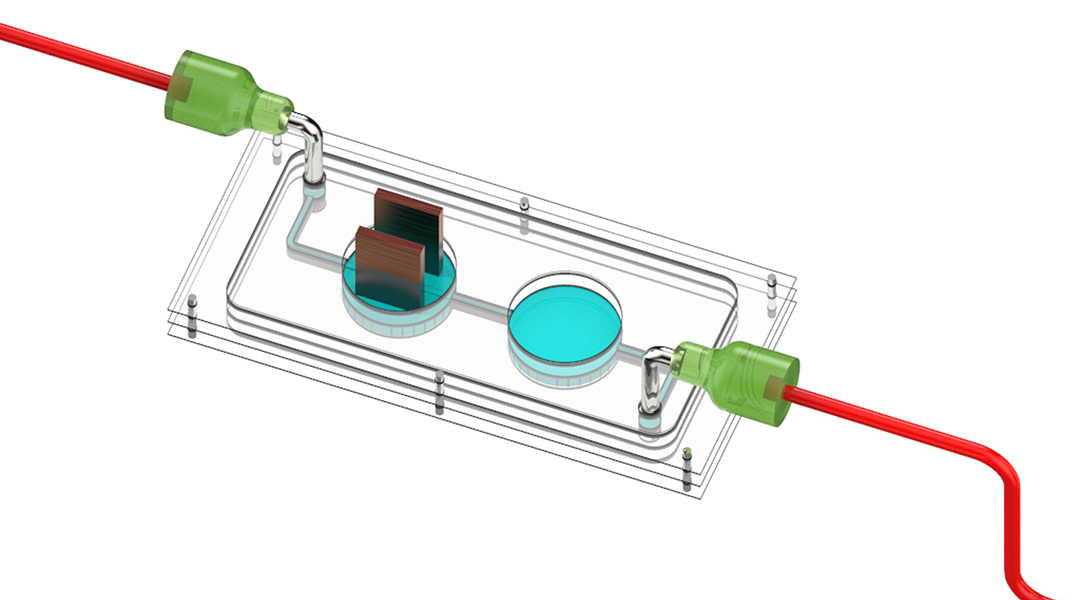
The device provides a powerful tool for studying and treating diabetes, allowing personalized modelling by using patients’ own cells.
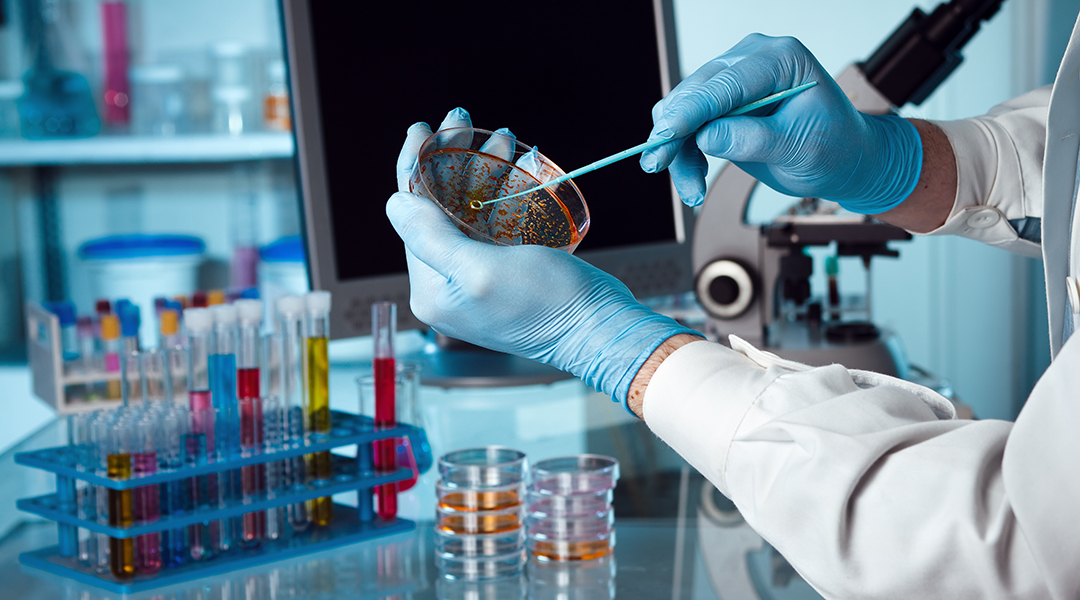
An extensive database will help scientists better understand the link between our gut microbiota and depression to inform new, tailored therapies.
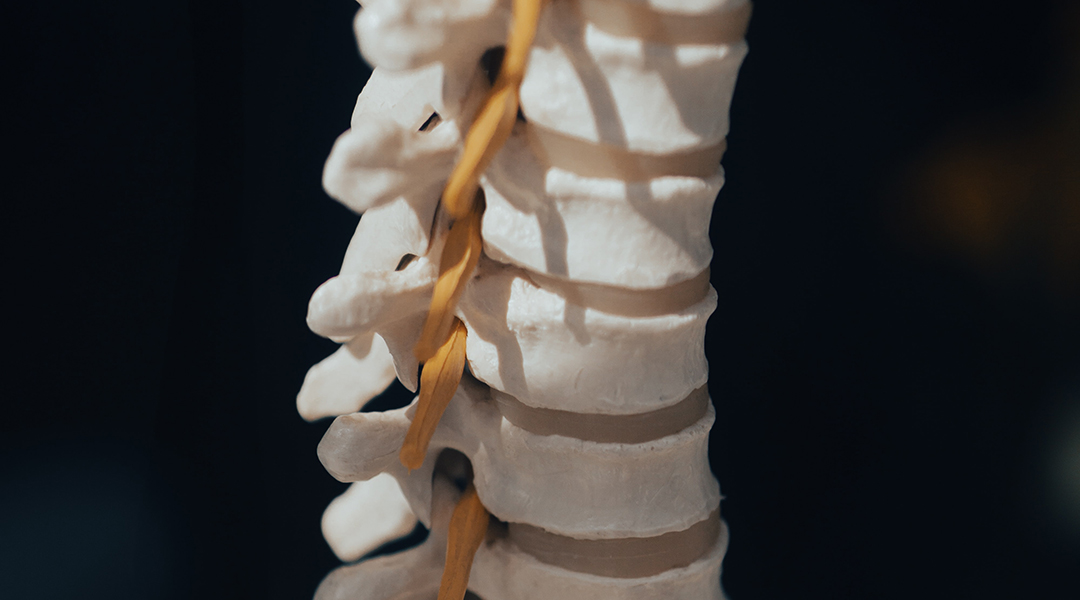
In patients with spinal cord injury, an implanted neurotransmitter restored their ability to walk, but underlying reasons were unexpected.
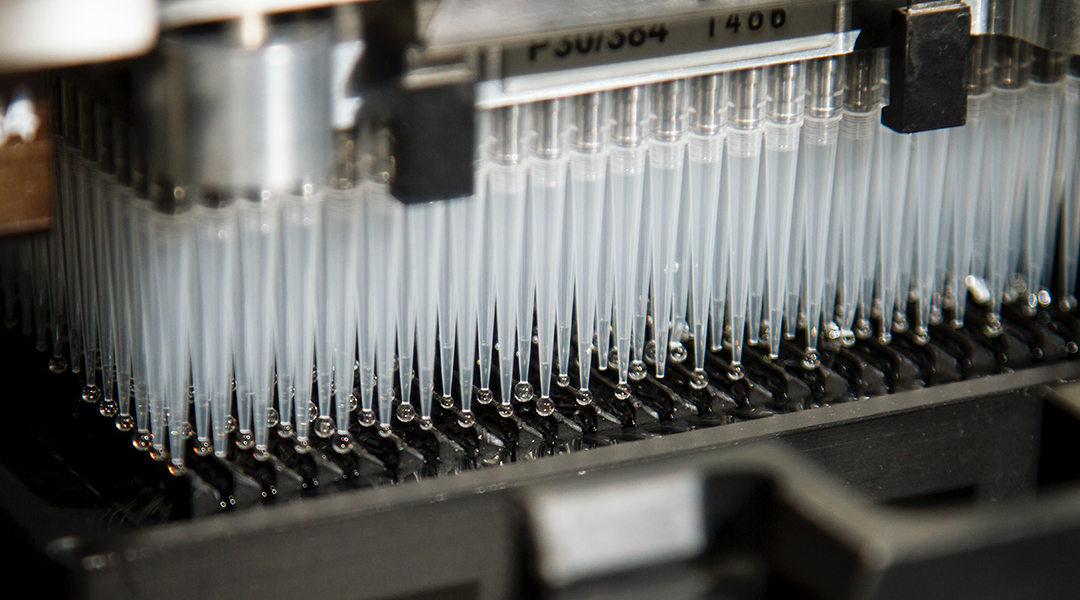
Stimulating neuron growth using a new mRNA therapy, researchers hope to treat chronic pain caused by disease, injury, or chemotherapy.
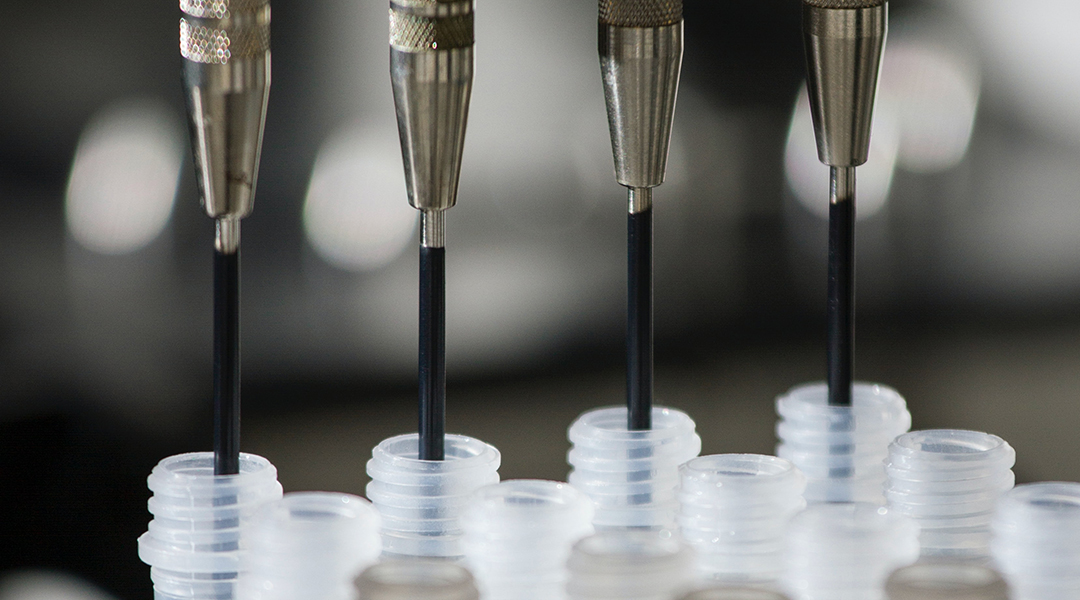
Artificial enzymes could help bring down the manufacturing costs of different medications, making them more available to patients.

A new study has found dramatic reorganization in the brain’s language processing areas in adolescents who had suffered a stroke at birth.
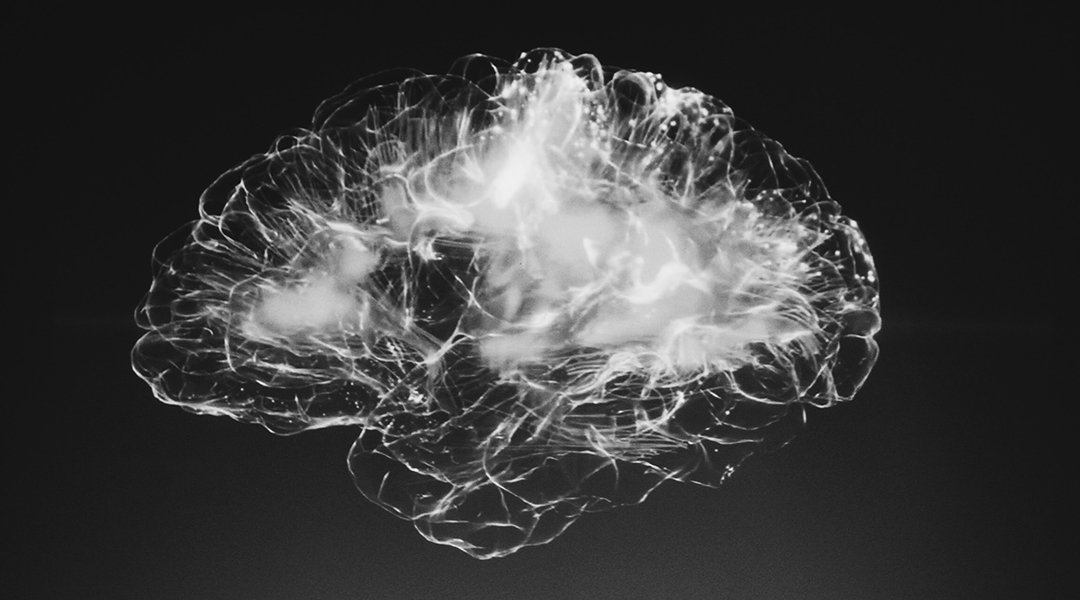
Implantable and completely dissolvable electrical devices may end the dominance of opioids in managing pain.
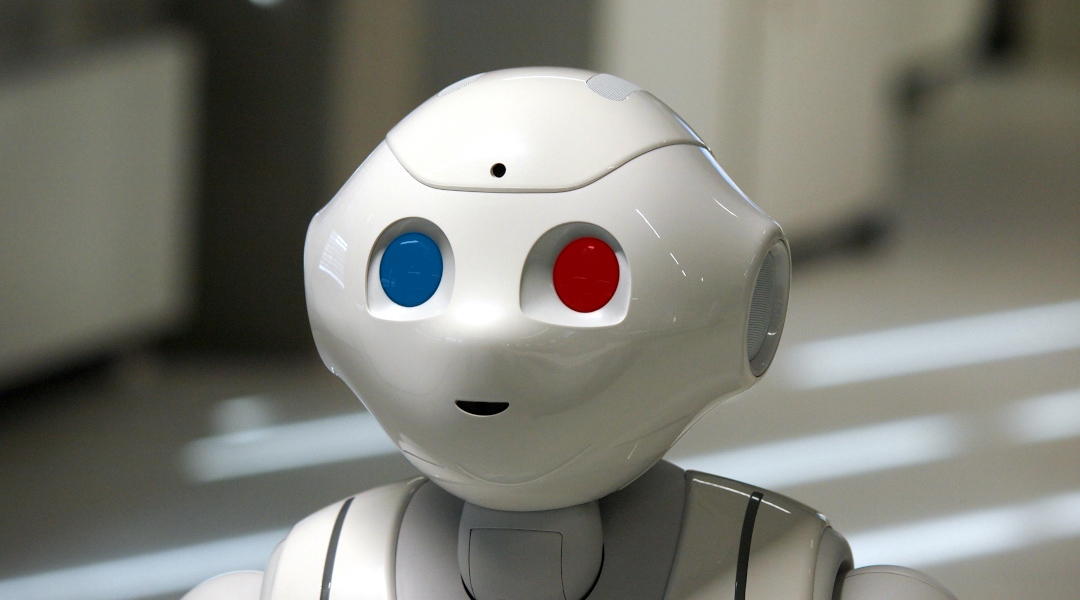
Fusing data from multiple moving cameras helps robots generate realistic 3D maps of their surroundings.

Using unique artificial microenvironments, chemical engineer Alison McGuigan is getting to the bottom of cell behavior.